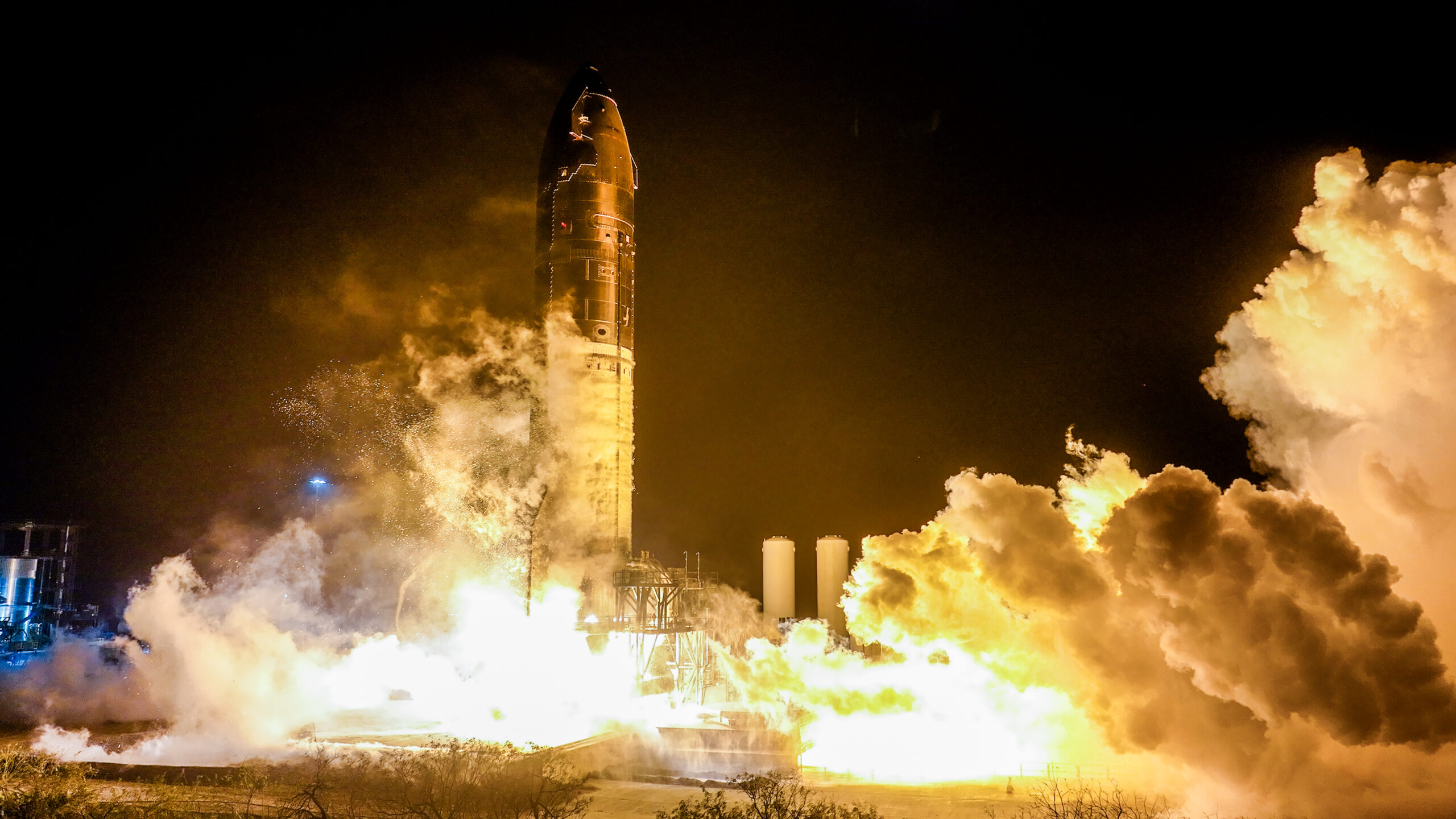SpaceX is gearing up for the eighth flight test of its Starship spacecraft, with a potential launch as early as Friday, February 28, pending regulatory approval. This highly anticipated test marks another step forward in the development of the world’s most powerful rocket, designed to revolutionize space travel and exploration.

Watch the Launch Live
A live webcast of the flight test will begin approximately 40 minutes before liftoff, available on SpaceX’s website and their X account (@SpaceX). You can also tune in via the X TV app. The launch window is set to open at 5:30 p.m. CT. As with all developmental testing, the schedule is subject to change, so stay updated by following SpaceX’s official channels.
Building on Lessons Learned
Following the investigation into the loss of Starship during its seventh flight test, SpaceX has implemented several hardware and operational upgrades to enhance the reliability of the upper stage. These changes aim to address previous challenges and pave the way for more ambitious missions.
Key Objectives for Flight 8
This flight test will focus on achieving objectives not yet reached in prior tests, including:
- Payload Deployment: Starship will deploy four Starlink simulators, designed to mimic the size and behavior of next-generation Starlink satellites. These simulators will follow a suborbital trajectory and are expected to disintegrate upon reentry.
- Reentry Experiments: Multiple experiments will test the upper stage’s ability to return to the launch site, including the use of alternative thermal protection materials and redesigned catch fittings.
- Super Heavy Booster Return: The flight will also feature the launch, return, and catch of the Super Heavy booster, showcasing SpaceX’s progress toward full reusability.

Upgrades and Innovations
Starship’s eighth flight test incorporates several significant upgrades:
- Enhanced Thermal Protection: The forward flaps have been redesigned to reduce exposure to reentry heating, while the propulsion system now boasts a 25% increase in propellant volume for improved performance.
- Advanced Avionics: A complete redesign of the vehicle’s avionics system adds greater capability and redundancy, supporting complex missions like propellant transfer and ship recovery.
- Reentry Stress Testing: The flight will intentionally stress the structural limits of the upper stage’s rear flaps during maximum dynamic pressure, providing critical data for future improvements.

Super Heavy Booster Upgrades
The Super Heavy booster for this flight features upgraded avionics, including a more powerful flight computer, improved power distribution, and integrated smart batteries. The booster’s return and catch will depend on meeting strict vehicle and pad criteria, ensuring safety remains the top priority.
What to Expect During the Test
As the Super Heavy booster returns, it will slow down from supersonic speeds, generating audible sonic booms in the surrounding area. While the noise may resemble thunder, its intensity will vary based on weather conditions and distance from the landing site.
The Path to Reusability
Developmental testing is inherently unpredictable, but each flight provides invaluable data to refine and improve Starship’s design. By pushing the boundaries of innovation, SpaceX is working toward its ultimate goal: a fully and rapidly reusable spacecraft capable of transforming space exploration.
Stay tuned for updates and witness the next chapter in the Starship journey! 🚀🌌



